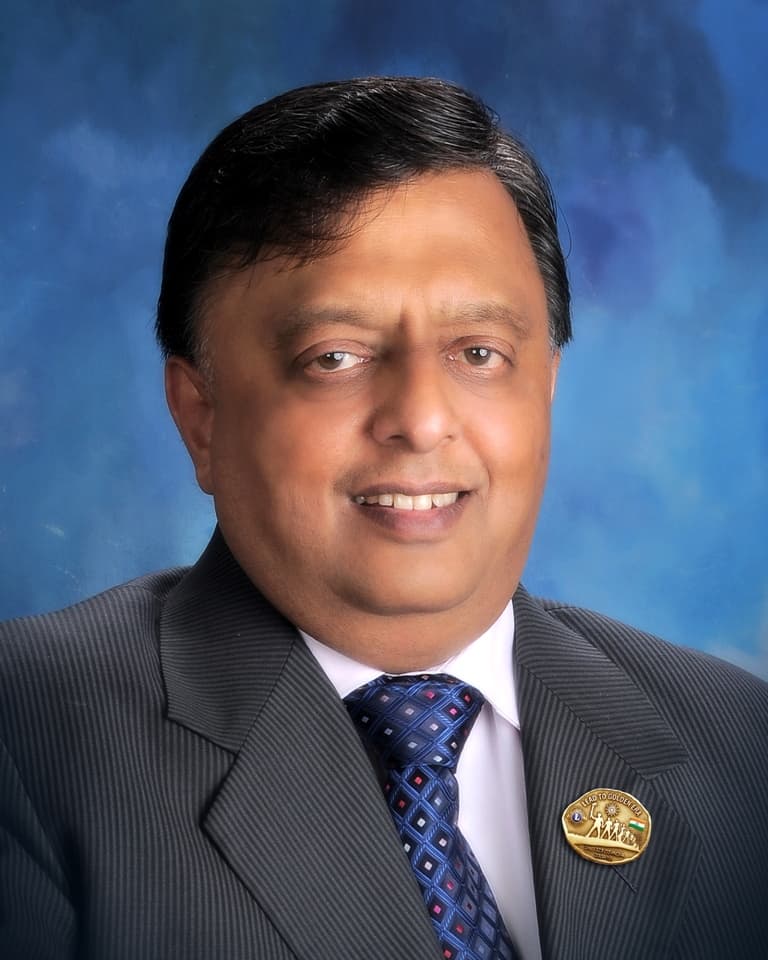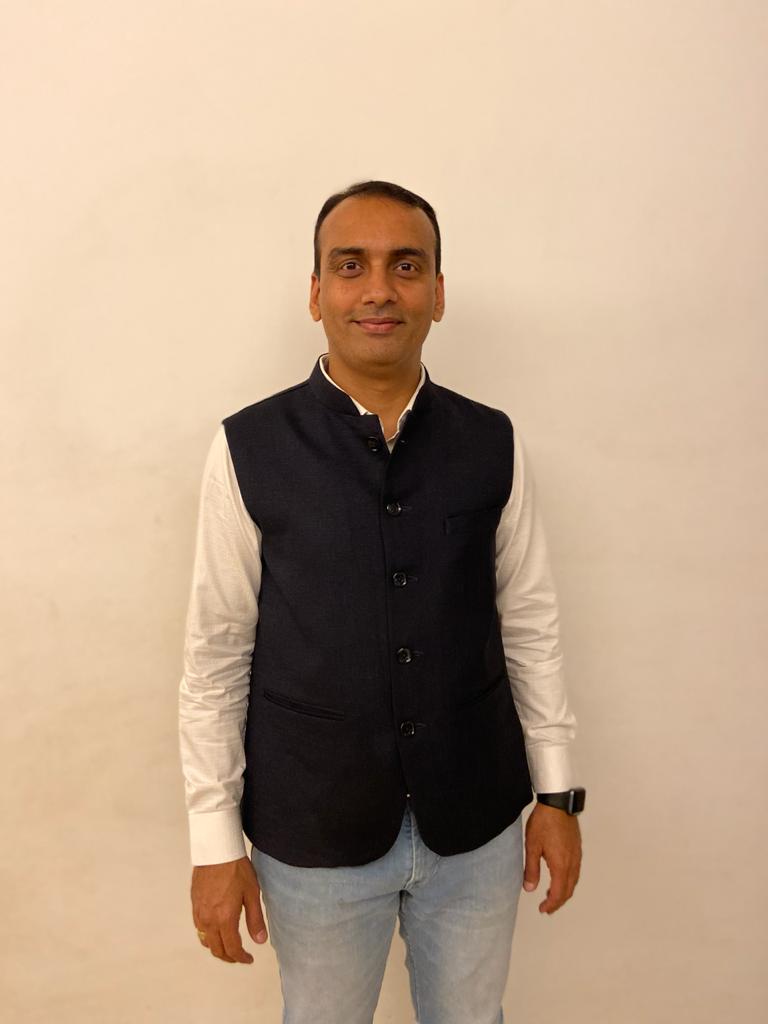“The bulk of our business is being conducted through WhatsApp as we can only allow a limited number of people in the store,” says Ankit Katariya, a wholesale saree dealer whose store, Katariya Tradelink, is located in Bhavani Peth, one of Pune’s COVID-19 hotspots.
Currently, Pune has the highest number of positive cases and the Pune Municipal Corporation (PMC) has put in place restrictions in the city’s old, congested neighbourhoods. These neighbourhoods — – Bhavani Peth, Budhwar Peth, Ganesh Peth, Raviwar Peth and Gurwar Peth – are also the hub of the city’s wholesale businesses.
Each Peth is known for particular products. Bohari Aali in Raviwar Peth (It is named Bohari because most of the shops are run by Bohra Muslim families) is known for party supplies and decorative items. Around Dusshera and Diwali it’s packed with shoppers in search of flower decorations, sky lanterns, rangoli moulds etc.
Bhavani Peth is the main timber and plywood market. Ganesh Peth is known for crockery shops. Gurwar Peth for hardware business. Most of the peths are inter-connected, in the sense that you may enter Budhwar Peth, but a few streets later, find yourself in Bhavani Peth.

Crowded, chaotic and colourful, festival times are the busiest time in these old market areas, even as malls and e-shopping have caught on in the city. They provide their own shopping experience, especially the shops that go back several generations.
But times have changed. With no hope of the pandemic situation improving anytime soon, most of the trading community in these traditional markets are now amenable to the idea of moving to the city’s outskirts.
Fatehchand Ranka, president of Federation of All Trade Associations of Pune, is in talks with the PMC and Pune Metropolitan Regional Development Authority (PMRDA) on this. The trading body has demanded around 800 acres of land on the fringes of the city and a proposal was put before Deepak Mhaisekar, former Divisional Commissioner.

“Pune has about 32-33 wholesale businesses like the timber market, plywood, iron and steel, marble, sanitaryware, tiles, readymade garments, electronics, pharmacy,” says Ranka, a prominent city jeweller. “They are located in the city’s old neighbourhoods and all these areas fell either in the containment zone or are on its fringes. Besides the losses incurred due to the lockdown, there are other issues like pollution caused by traffic density. It’s time we decongested the heart of the city.”
The administration is positive about this move, says Ranka. “We have sought a meeting with the Deputy Chief Minister and Pune’s Guardian Minister, Ajit Pawar. The PMC has said that if the consents are in place and the land is also made available, then they will start creating infrastructure. This can be done in one year,” he adds.
The traders body has planned 10 wholesale business clusters. For instance, the plywood, timber, iron and steel and marble units and shops will be clubbed together in one cluster.
Traders speak
“The move would benefit the community and the buyers,” says Rahul Oswal, owner of the 81-year-old Citiply company. “When Bhavani Peth and later the timber market was first established, it was outside the city area. As the city limits grew, that location became one of Pune’s central areas. I think it is now time to move out of the city again. It will be beneficial to all stakeholders.”
Parking is a major problem in these Peths, or Gaon areas as they are colloquially called. Besides shops, these peths also have residential neighbourhoods with temples and mosques located on the narrow side streets. People visiting these temples and mosques usually park their vehicles in the commercial neighbourhood adding to the traffic woes.
“Two-wheeler parking leads to traffic snarls and COVID-19 has compounded our woes,” adds Dharmesh Patel, who owns Baba Electricals in Tapkir Galli, Budhwar Peth. The commercial street, lined with electrical shops, didn’t have many coronavirus cases, but since they were in proximity to containment areas like Bhavani Peth and Nana Peth, traders in Tapkir Galli also had to shut shop.
“The markets have opened again, but we are not doing too much business,” says Patel. “We have a committed buyer base for wholesale business. The frequent restrictions and fears of lockdown being imposed again are keeping buyers away.”
And Patel is sceptical about relocating. “We still don’t know the exact location where the clusters will come up, how much space we will get etc. Also, Bhavani Peth, Tapkir Galli etc are central areas. The new marketplace might prove to be far for our regular customers.”
Challenges ahead
Unlike Patel, many other business owners, however, favour the idea of relocating. Like Katariya, whose store is not yet fully operational. “But the clusters have to be connected to the railway and airport,” says Katariya. “The big textile marketplaces whether in Jaipur, Delhi, Mumbai, Surat or Kolkata have a separate area for wholesalers to operate from. It is easy for buyers, especially those who have limited time, to shop from one central place”.
Katariya is well aware that the virus is here to stay and emphasises the need for businesses to ensure all health precautions. “I have three security guards. One checks the customer’s oxygen levels, another does the thermal screening, other gives out gloves. Yet there is fear amongst customers. Whenever we make the shift, we have to have a big space to work from, if social distancing has to be maintained. We need to frame new rules on how many customers to let in, how to screen them etc.”
Katariya, has housed his employees in five flats, about seven eight employees in one flat, owned by his firm. “Most of my employees come from Khed Shivapur about 25 kms from Pune. We have flats for them in the city.”
Oswal observes that the current situation arose because of the slums which house the migrant labourers working in various units. “Ours is a labour-oriented unit and we were therefore most affected by the restrictions. Additionally, we have slum areas from where maximum number of infections were first reported.”
If this situation is to be prevented from recurring, authorities should consider providing alternative dwellings for them.
“Before the Shree Chhatrapati Shivaji Market Yard — a wholesale market for vegetables, fruits and flowers locally known as Market Yard — shifted out to Gultekdi, it was located in Bhavani Peth,” said Oswal. The Market Yard has an approximately 3000-sq feet yard in which quarters for labourers are built. But that is inadequate as requirement for labour has gone up. All of them cannot be accommodated in the yard space, thus slums are erected. “If this has to be avoided, the vision of the clusters has to be on a huge scale. I think a consultation with Slum Rehabilitation Authority is necessary. All this will result in ease of business,” says Oswal.

“The vision of the clusters has to be on a huge scale. I think a consultation with Slum Rehabilitation Authority is necessary.” – Rahul Oswal, Owner, Citiply.
The other concern is over how to ensure a convenient commute for traders and their employees. “The authorities have agreed to our demand that the clusters be connected with the Pune Metro,” said Ranka.
Barring a few dissenters, there appears to be considerable consensus on the shifting of these old markets to the city’s outskirts with better commute and housing for all. What is now needed is a comprehensive plan and effective and quick implementation.